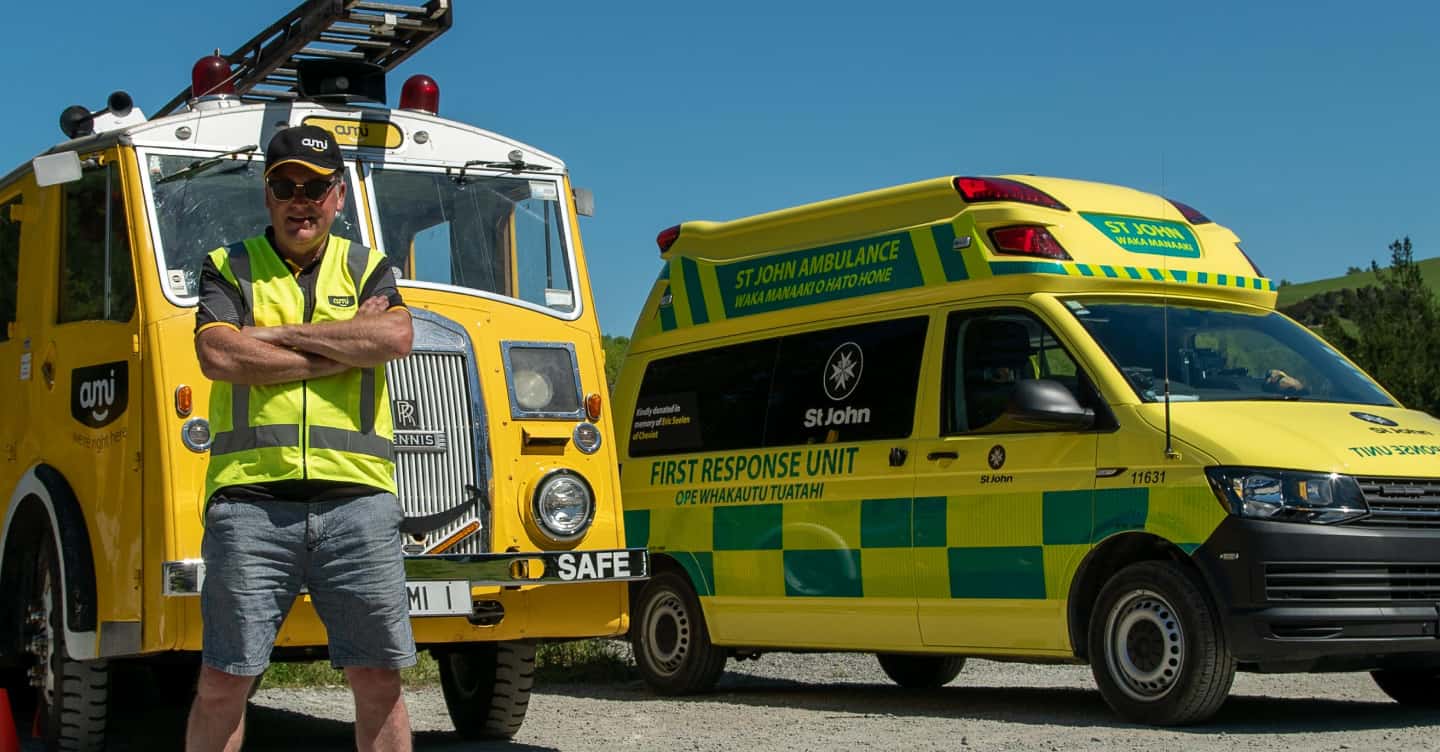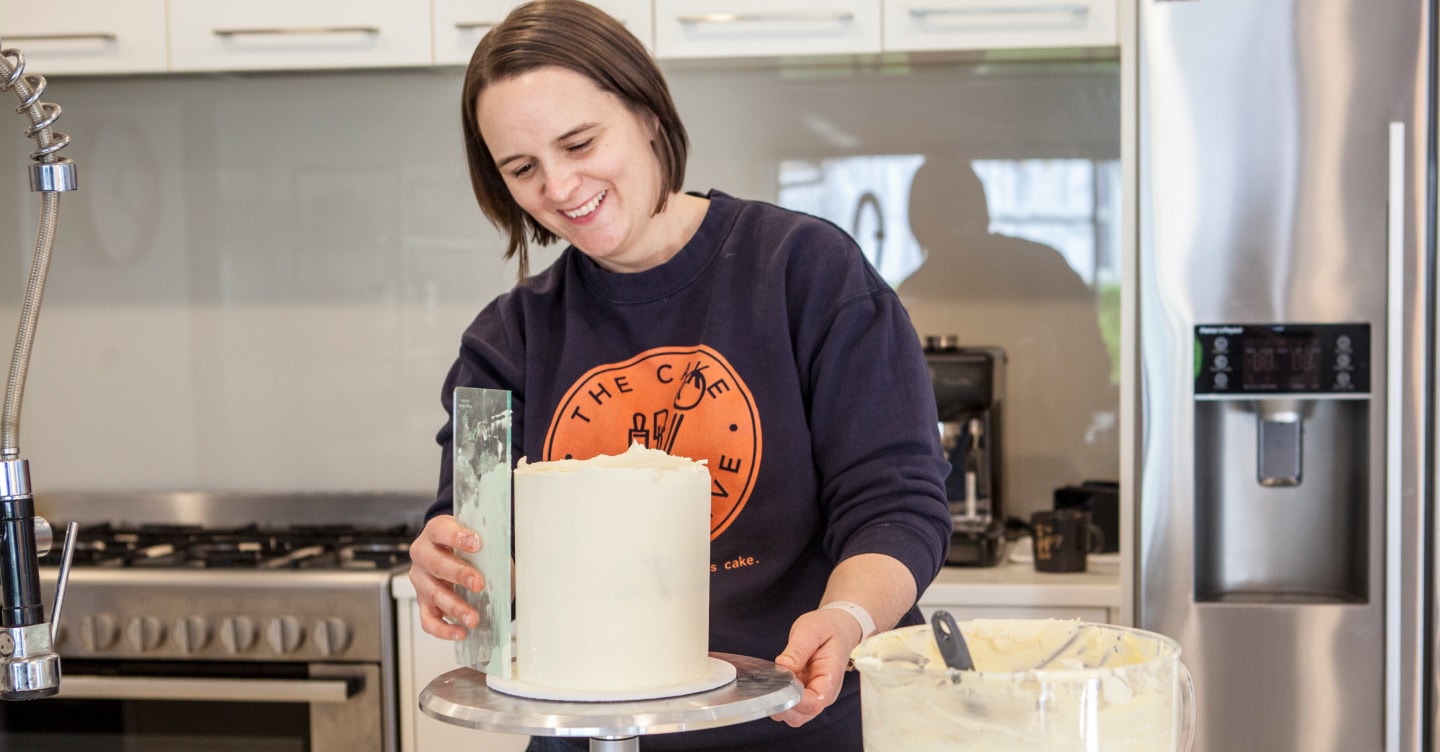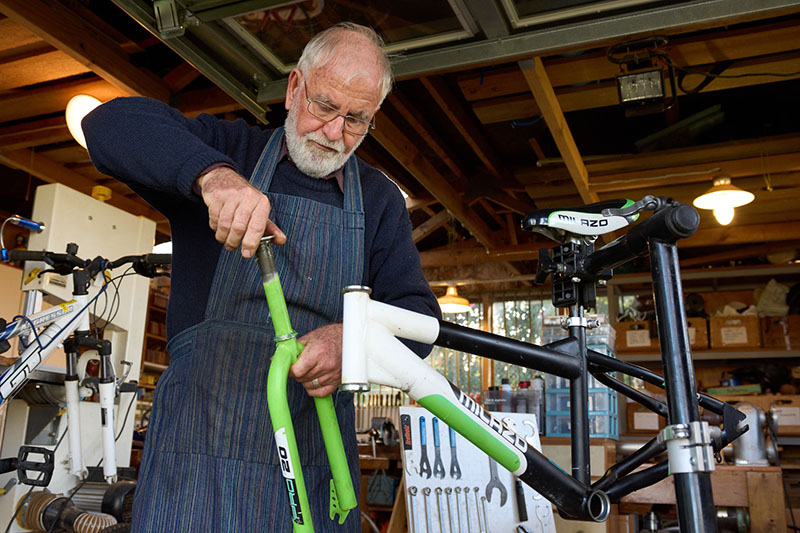Kate and Willem Van den Bergh’s decision to build a tiny house freed them up to own a home, have a family, and ease their way through tough financial times.
It was out of necessity more than anything. We were renting a house, paying $550 a week, and we'd been married for about a year. I was working as a graphic designer for a magazine and designing a feature on my friend’s sister who’d built a tiny house for $27,000. She was living on her own section with her husband and was about to have a baby. I thought it makes so much sense, the way she's done this. Built her house and living with a minimal mortgage, maybe we should do the same?
We visited their house and decided that it would be really liveable and achievable. Soon we moved out of our flat and in with Mum to save money. Willem - an architectural designer - started designing the tiny house.
We lived with Mum for a couple of years, saving, and designing. Slowly, we were building the house – we bought the trailer, which was $10,000, and then we hired a builder. We'd scour Trade Me to find little bargains here and there.
We left the tiny house in storage while we found our section, which happened to be on Waiheke Island. The tiny house cost around $96,000 and the section was $380,000. The section work - consents and compliance and installing a septic tank, a water tank, and all the services - was another $60,000. If you put it into the perspective of what $540,000 would get you now in Auckland, it wouldn't get you a house.
We did the calculations of what our mortgage is currently, compared to what we used to pay in rent, and it's very much the same – and our money is now going into an asset that we own, instead of someone else's.
Living here has freed us up to do a lot more. I don't think starting a family would've been as easy if we didn't have the tiny house. I took a year off on maternity leave when we had our son Leo, and I wouldn't have been able to do that.
I'd been back at work for around two months when COVID-19 happened and I lost my job. If we'd had a higher mortgage, we would've had to contact the bank and ask for a mortgage holiday and had that extra stress. With finances stable, I now have the ability to work from home with my design business, Little House Creative.
Having a tiny house means you’re also watching what you spend your money on. How can I use what I've already got, without buying anything else? I love having a capsule wardrobe - I keep all my clothes in the under stair storage and have about 35 items of clothes. I also work as a volunteer for the Waiheke Toy Library, so we borrow and rotate toys. We’ve saved money in that respect, as well as on energy bills.
Tiny houses suit a wide range of people. There are those that want a tiny house to put on the back of their parent's section, or they're older people that put tiny houses on the back of their children's properties so that they can be closer to them, and retire. With housing affordability and the cost of living in general, families are having to live together. This option can really free up money.


